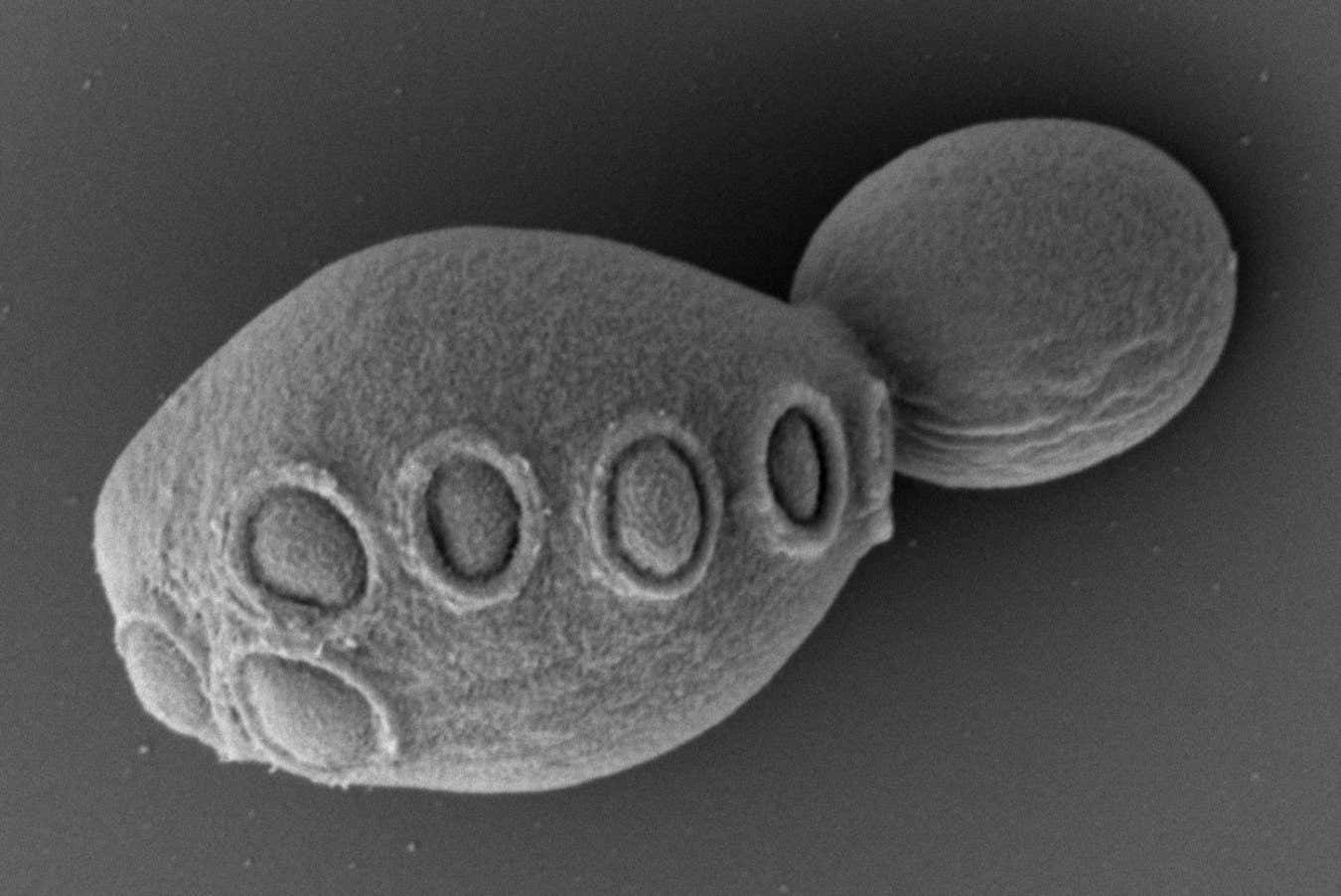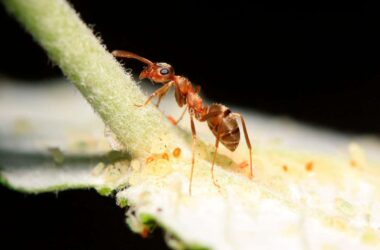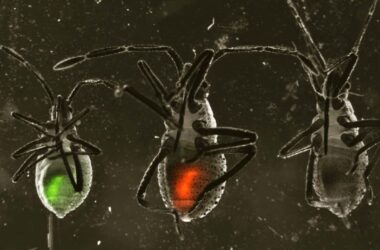A global research team has managed to create a strain of yeast by redesigning and reconstructing half of its 16 chromosomes, marking a monumental stride towards crafting the first complex cell with a completely synthetic genetic makeup.
Lead researcher Jef Boeke from New York University Langone Health stated, “We’re more than halfway there now.” The primary objective of the project is to gain a deeper understanding of complex cells and to engineer yeast strains with potential industrial applications such as biofuel production.
While previous efforts have focused on creating viruses and bacteria with entirely synthetic genomes, yeast poses a greater challenge due to its complexity as a eukaryotic cell, akin to those found in plants and animals. Eukaryotic cells have extensive genomes divided into numerous chromosomes, unlike the single compact genome characteristic of bacterial cells.
Although the synthetic versions of all 16 yeast chromosomes have been completed, assembling them into a single yeast strain may take approximately one more year. Boeke indicated, “When we get all those chromosomes into a single strain, we’re going to be able to do a whole bunch of new things we couldn’t do before.”
The primary challenge lies in “debugging” the synthetic chromosomes as they encounter unanticipated issues arising from intentional biological alterations. Eukaryotic cells contain significantly more repetitive or “junk” DNA compared to bacteria.
The team has successfully eliminated a substantial portion of this repetitive DNA, resulting in synthetic chromosomes that are about 10% smaller. Boeke conveyed the belief that by reducing repetitive DNA, a more stable foundation for biotechnology can be achieved. Additionally, the team plans to eliminate the RNA splicing mechanism after removing all introns from the DNA.
Furthermore, the team has introduced 3000 recombination sites in the genome to facilitate rapid evolution of strains for industrial purposes, akin to shuffling a deck of cards. This system enables accelerated evolution and can be controlled as necessary.
Additionally, an entirely new 17th chromosome containing genes responsible for protein synthesis molecules, known as tRNAs, has been created. The alignment of the genes in the same direction prevents DNA breaks caused by enzyme collisions, offering a novel approach absent in nature.
Geoffrey Taghon from the US National Institute of Standards and Technology emphasized the importance of implementing a biocontainment system for the synthetic yeast to prevent it from surviving and spreading in the wild. Boeke’s team has made modifications to ensure that the synthetic yeast cannot outcompete natural strains and is considering incorporating a containment system in the final strain.
Furthermore, the technology developed for creating the synthetic yeast is being utilized to modify segments of the mouse genome to produce mouse strains more conducive to medical research. However, due to the significantly larger size of the mouse genome compared to that of yeast, creating an entirely synthetic mouse with existing technology is deemed impractical at present.
Boeke acknowledged the challenges stating, “Unless there’s some major speed-ups, it’s not going to happen in my lifetime. But I wouldn’t rule it out. Never underestimate the power of technology development.”








